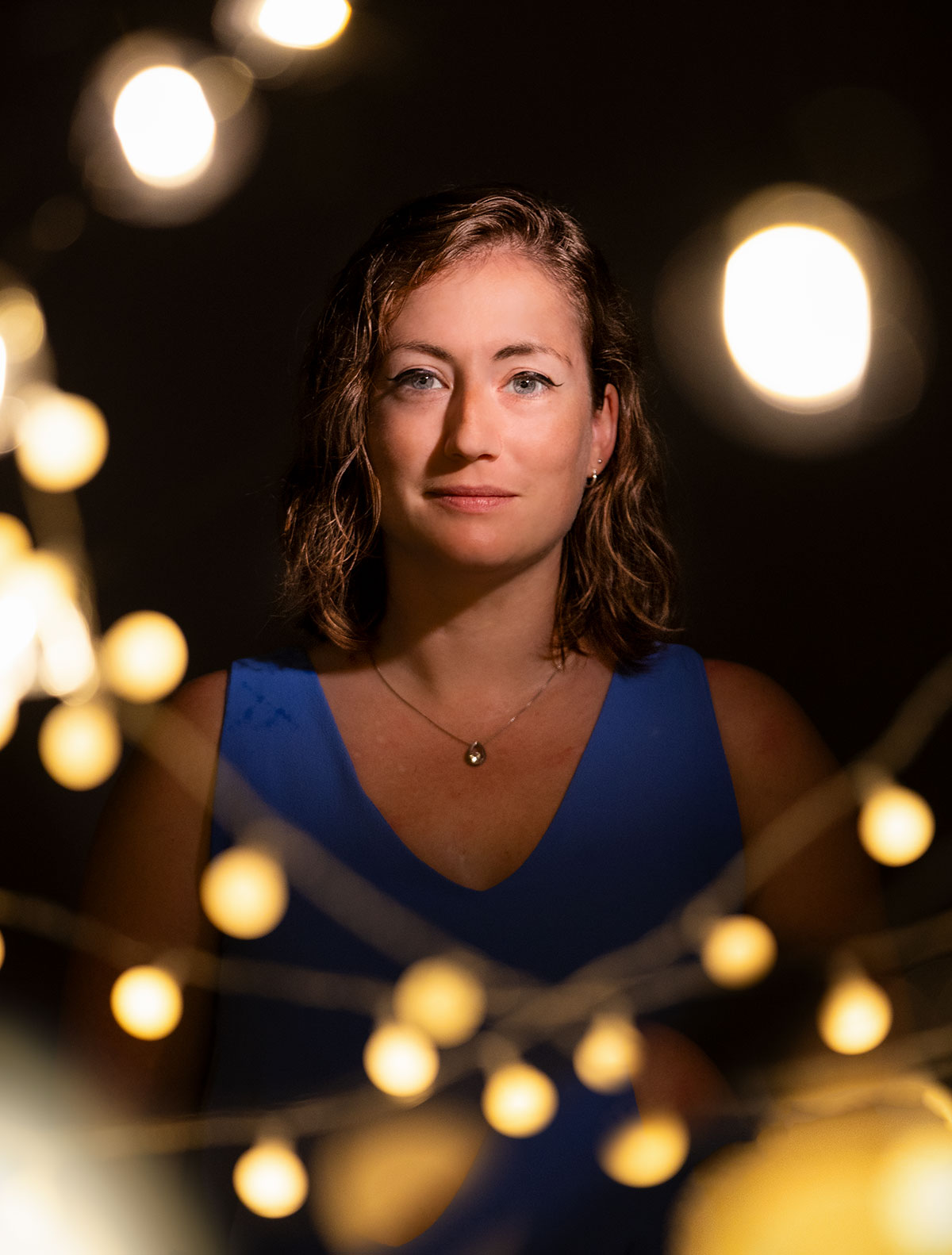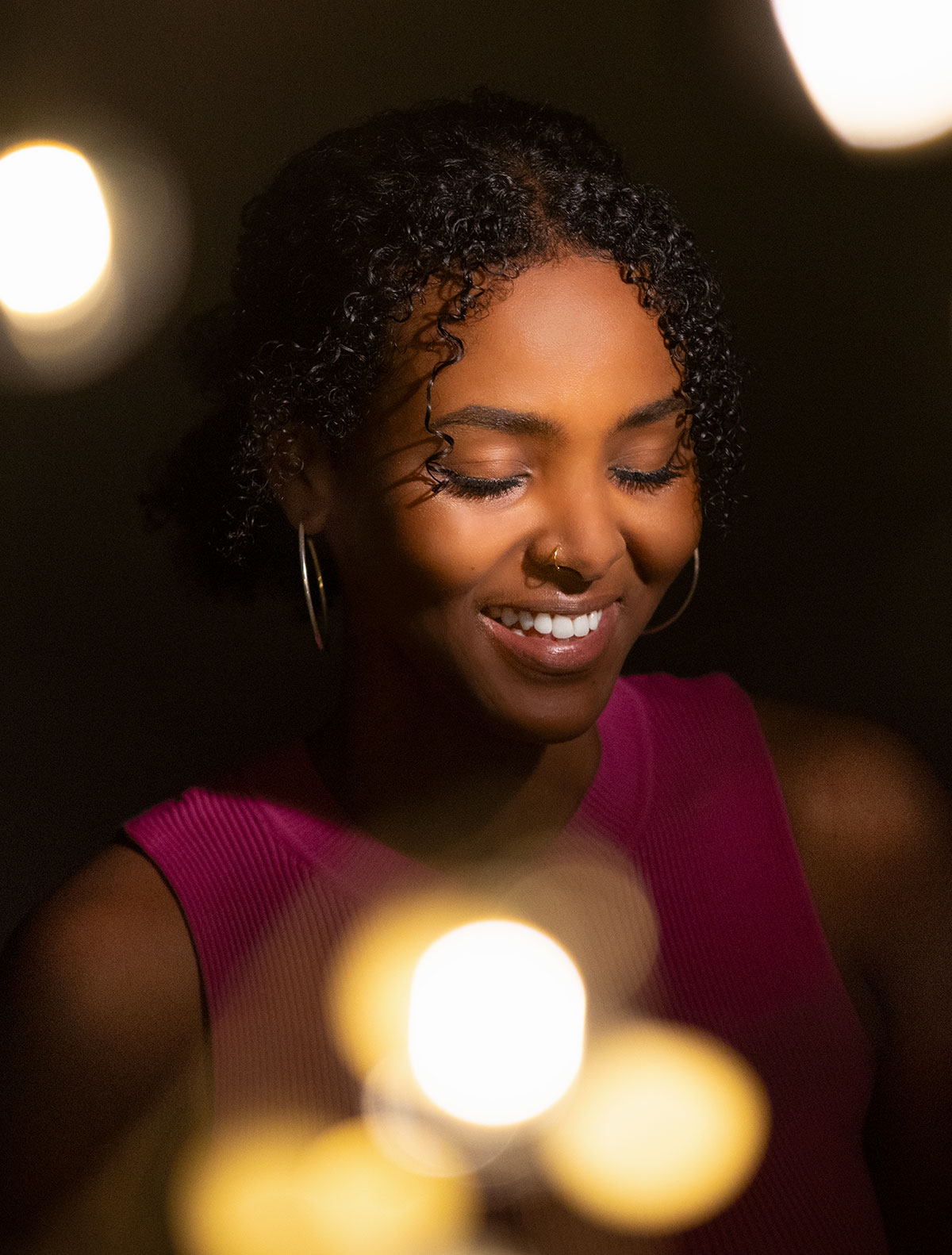Memory Serves Them Well
Neuroscientist Steve Ramirez has built a diverse, vibrant community of young scientists in his memory lab
Neuroscientist Steve Ramirez has built a diverse, vibrant community of young scientists in his memory lab
Steve Ramirez is on a mission to unlock the mysteries of memory. His lab, staffed by a team of nearly 20 undergraduates, grad students, and postdoctoral fellows, examines the cell networks that store memories in the hippocampus, a complex brain structure found in the temporal lobe. It’s perhaps fitting that the way Ramirez, an assistant professor of psychological and brain sciences, conducts his lab is influenced by his own memories of his days as a student lab assistant at BU.
“In my very first lab experience, I just made one formula all summer and it was miserable,” says Ramirez (CAS’10). But he was later placed in the lab of Howard Eichenbaum, the late William Fairfield Warren Distinguished Professor and CAS professor of psychological and brain sciences. It was Ramirez’s first experience with neuroscience, and a first glimpse of what kind of mentor he would become. “Even though I was an undergrad among dozens of senior researchers, my ideas and questions were valued just as much as if they were coming from a grad student or a postdoc,” he says. “It made me feel like an essential and valued member of the team.”
Ramirez is mapping the brain’s network of engrams—units of memory storage—and devising ways to artificially manipulate memories to alleviate mental health disorders. These areas propel the lab’s activity, which includes student- and postdoc-led projects that seek to answer big questions, such as how do positive and negative memories affect our decisions, and how much control do we have over our fears?
In October 2022, Ramirez received a $1.15 million Chan Zuckerberg Initiative Science Diversity Leadership Award. The award recognized his mentorship of students from underrepresented backgrounds and his promotion of a culture of diversity, equity, and inclusion.
Ramirez, who is a Hispanic American and whose family is from El Salvador, didn’t have any Latino mentors in grad school. As a result, he values all the more the role he gets to play in his students’ development.
“When I give talks, or when I talk to students in my lab, I don’t really leave anything out of the equation. If I have the opportunity to talk about a memory from my childhood of visiting El Salvador for the first time, I’ll use it,” he says. “Hopefully, people will be able to see a bit of themselves in whatever story it is that I’m telling. And that makes it safe to be, for example, a Latino in science.”
Ramirez likens mentorship to the act of loading a slingshot: “That might feel like it takes up a lot of time—you’re pulling back and pulling back. But then when you’re ready to let go, you’re lunging forward, because you have a lot of people who are very capable now of doing all the things that the lab requires.”
More than 40 students work or have worked in the lab, which is part of BU’s multidisciplinary Center for Systems Neuroscience, and Ramirez makes it a point to keep in touch with all of them. The current team represents Arts & Sciences, BU’s Chobanian & Avedisian School of Medicine, and the Sargent College of Health & Rehabilitation Sciences. “The people who have been undergrads are now PhD students, the PhD students are postdocs, and the postdocs are now professors, and everything in between,” he says. “It’s pretty wild; you really see the kind of influence that you can have on lab members and vice versa.”
Arts x Sciences spoke to four recent members of Ramirez’s lab about their research, ambitions, and the memories they’ve made.

Kaitlyn Dorst (CAMED’23) was one of the first students to join Ramirez’s lab, arriving at BU in 2017 after studying biology at the College of William and Mary. She was fascinated by the lab’s focus on how memory functions—and how it malfunctions.
Dorst studied the “fight, flight, freeze” response, often associated with fear and trauma, in mice. She observed that, when a fear memory is activated, a mouse’s response would depend on the size of its chamber: mice in a smaller chamber would freeze, and mice in a larger chamber would run away. “It leads us to believe that the brain is being engaged in different ways,” she says. “There has to be a different engagement of the brain to possibly produce these different types of behaviors.”
Over six years, Dorst has seen the lab expand to include new imaging and cell-tracking technologies, which have allowed team members to expand their data-gathering methods.
One constant, however, has been the sense of community. “While we’re in the lab, we can talk about science and talk about life,” she says. The fun times have made for some fond memories, but to Dorst they also speak to something more vital: “I really appreciate that we can remove ourselves [from our work] and support each other scientifically and personally. There are a lot of stressors associated with grad school, and not having my lab environment be toxic is definitely one of my favorite things.”

Sanaa Ahmed’s career goal is simple: she wants to help people. Before coming to BU, Ahmed (CAS’23) had lived in the US, Canada, South Africa, and Gabon. The differences in healthcare quality and access she observed in those countries inspired her to pursue medical research.
“Living in West Africa for over eight years forced the harsh realities of the healthcare system to reveal themselves to me,” says Ahmed. After spending time in a country where sick people did not receive equal, adequate access to routine and emergency medical care, she chose a career path where she could help to close the gap.
Ahmed joined the Ramirez lab as a research assistant in 2022 and, after graduating, has stayed on as a technician. She assists Cristina Delgado Sallent, a postdoctoral fellow, with a study of the therapeutic capacity of psychedelic substances, such as psilocybin, the chemical compound found in hallucinogenic mushrooms, and ketamine.
Recently, they have been performing tests to assess the cognitive effects of different doses of ketamine. The drug may be a better way of treating severe depression than other interventions, such as electroconvulsive therapy.
“Every day in the lab I learn something new,” Ahmed says.
Albit Caban (CAMED’27) studied molecular biology as an undergrad in his native Puerto Rico, but his interest in engrams grew during a neuroscience internship. When he met Ramirez at a neuroscience conference in 2019, Caban shared an idea he had. “He liked it and he told me to email him a résumé.” With that, Caban knew that BU was his only choice for grad school.
That idea he had mentioned to Ramirez ultimately became his current research project: a study of how positive and negative memories affect decision-making in rodents. Using a system of lights, tones, and treats, Caban can observe how lab mice make decisions. “My idea is to see how they balance positive and negative behavior.”
Caban says Ramirez’s leadership style nudged him out of his comfort zone. “If your idea can be made to sound more sci-fi, he will push you to do it,” Caban says. “He’s pushed me down a bunch of avenues that I did not think I would have gone.” To Ramirez, with expansion into new imaging and sampling technologies comes the opportunity for team members to broaden their skills and try new things.
Caban, who also oversees a small team of lab assistants who contribute to his project, and who facilitates a scientific journal club, hopes to return to Puerto Rico when he graduates to follow in Ramirez’s footsteps by leading a facility of his own.
“I’m grateful for my mentors,” he says. “I have had probably the best mentors I could ask for since I started in science.”

Michelle Surets (CAS’23) formed an early love of scientific research while attending a STEM magnet high school in New Jersey. Halfway through her first year at BU, she decided to apply to Ramirez’s lab and now she’s developed a passion for neuroscience. She spent a few semesters working on an Alzheimer’s-related project, then she transitioned to assist Caban with his study of memory-influenced decision-making. She’s also working on an independent project, inspired by Caban’s research, mapping the neural impact of learning on cue-driven memories.
One of the things Surets appreciates most about her research experience is that there’s no typical day. There are so many different things for undergrads like her to do, she says, depending on their interests and which research project they’re working on. Surets began graduate studies at the medical school in summer 2023. She hopes to become a doctor, and says she’s looking forward to a more human-oriented career path.
“The people are the thing I’m most grateful for in science,” she says, “Steve, for giving me that shot in my freshman year, the grad students I worked with, and everybody I met along the way, who I’ll never forget—thanks to my hippocampus.”